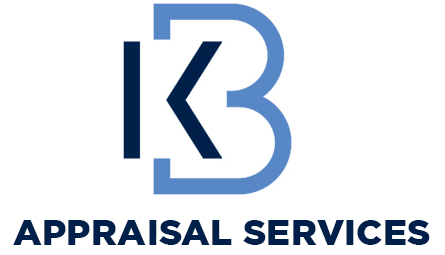1st Published on the AppraisersBlogs on October 13, 2016
Refusing to ‘rubber-stamp’ a purchase price with an appraised value to match.Recently, there was a news story out of Atlanta, highlighting an appraiser who had refused to ‘rubber-stamp’ a purchase price with an appraised value to match. What followed was an increasingly disturbing trend to find another appraiser who would. According to the story (which was full of holes and unknowns), the second appraiser ignored comps in the subject’s neighborhood and found sales in a superior location to help support the purchase price.
This situation was talked about on social media and a man who identified himself as a real estate agent commented,“The value is what the buyer is willing to pay. The appraiser gets the contract and it is their job to find data to support whatever THE BUYER agreed to pay.”
Hmmm. Why hire an appraiser in the first place then? If this agent is correct (which he is obviously not), a buyer should be able to show the purchase contract to the bank and a loan should be issued on the spot.
Though the agent’s shortsighted comment was blatant (frankly, I question the authenticity as it just seems so completely nuts to me), this kind of thinking is not isolated to a few individuals. It is often played out as I speak with agents and homeowners, and it is not confined to purchases. Many people mistakenly believe that value for a property is based on what an individual is willing to pay for it. Market value, rather, is defined in part as, “…the most probable price which a property should bring in a competitive and open market” (Fannie Mae Selling Guide). In other words, an appraiser is looking at value from the standpoint of what the average buyer would most likely pay given current market conditions – not what a single or even a select few are willing to pay.
What is possible, is not always what is probable. A good way to look at this is not from the perspective of how high a price a property might sell for, but how low. If you were a potential buyer, would you be willing to purchase the current house you live in for $1? Of course you would. Does that mean it is only worth a $1? Of course not as you would be unwilling – as the owner – to sell for that price. Likewise, you would likely be willing to sell your current residence for $10,000,000, but good luck finding a willing buyer at that price. Value is not based off of what a single person is willing to pay, but rather what is MOST LIKELY given the law of substitution (a buyer’s agency to pick another, competitive property).
This principle also plays out, not just with total property values, but with smaller components as well. I work in a fairly rural area. It is not uncommon to have a homeowner ask me, “I am thinking of building a shop on my property? Will that bring my value up?” Well, in most cases the answer to that question is, “yes.” However, it is very unlikely that the value gained by the shop will exceed the cost to build it. That fact does not always dissuade them from forking out the cash to build their shop however (because the utility to them is high), but the typical buyer will not pay a dollar-for-dollar value increase because the ‘average buyer’ will fall somewhere in the continuum between the person who loves shops more than the house itself and one who despises shops and wishes they were all burned to the ground.
Appraising is all about market conditions. Market conditions are all about probabilities and not necessarily possibilities. So no, it is not the appraiser’s job to find the comps to support whatever a single buyer is willing to pay.

